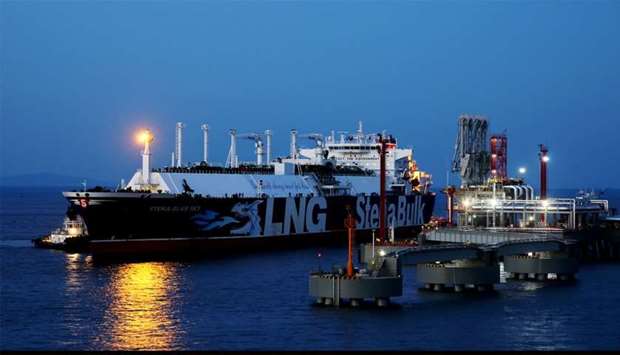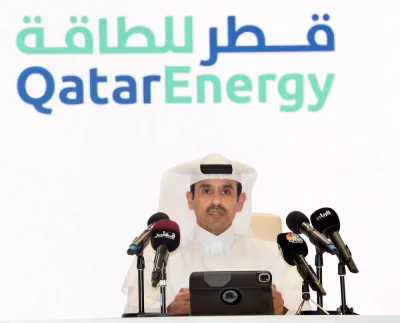A total of 5,701 of LNG trade voyages were completed in 2019, an 11% increase compared to the 2018 level of 5,130 voyages, thanks to new supplies from the US and Australia, demand growth in Asia and the ability to absorb these extra volumes in European markets, The International Gas Union said in its "2020 World LNG" report.
The 5,701 LNG trade voyages were done by 541 vessels in 2019. The average number of voyages completed per vessel was 10.5 in 2019, a slight rise from the 2018 level of 10.3.
The voyage time averaged at 12.8 days in 2019, remaining constant from 2018. It normally takes longer voyage time and fewer completed trips from the Atlantic basin to Asia, but since a significant number of LNG trades were diverted from Asia to Europe, the average voyage times for 2018 and 2019 were quite close.
According to the IGU, Qatar’s proposed six-train expansion represents a 49mn tonnes per year increase to 126mn tpy from the market’s current liquefaction capacity of 77mn tpy.
The expansion plan was announced in 2019 after the lifting of the moratorium on new gas development at the North Field in 2017. The project is targeting first LNG by 2024 and is in the tendering stage for onshore construction contracts.
“The invitation to tender for LNG carriers was also issued to shipbuilders in 2019 and the total number of vessels is still unknown. This could significantly strengthen Qatar’s position in the global LNG market, amid fast liquefaction capacity growth in North America,” the IGU noted.
The ramp-up from Sabine Pass T5 and Corpus Christi T1 in the US and Ichthys LNG and Wheatstone LNG in Australia contributed 18MT of LNG in 2019, 11MT more than in 2018. The start-ups of Cameron LNG T1, Elba Island and Freeport LNG T1 in the US and Prelude FLNG in Australia added another 2MT to the market in 2019. The abundant new supplies, coupled with mild seasonality in Asia, have brought down gas prices to record lows on a global basis, reduced arbitrage spreads across continents and diverted more-than-expected LNG cargoes to Europe. As many as 3,848 LNG trade voyages were completed for Asia in 2019, a slight 2% increase year-on-year. However, a record of 1,364 LNG voyages were for Europe in 2019, a 70% rise compared to 2018.
A project completed in 2016 widened and deepened the Panama Canal, which allows for more transits. The voyage distance and time from US’s Sabine Pass terminal to Japan’s Kawasaki LNG site can be reduced to 9,400 nautical miles (nm) and 29 days transiting Panama Canal, compared to 14,500nm and 45 days through Suez Canal and close to 16,000nm and 49 days via the Cape of Good Hope. The most common voyage globally in 2019 was from Australia to Japan, with 447 voyages within the year.
The most common voyage to Europe in 2019 was from Russia, with some 286 shipments during the year, followed by 265 voyages from Qatar and 181 voyages from the US, respectively.




